Live fire cooking is transforming how Chicago restaurants create standout dishes. This article breaks down the science behind smoke-to-meat pairing and shows how to apply it – covering wood selection, temperature control and timing – so your kitchen can craft signature smoked meals that drive repeat business and profitability.
Use these proven techniques to build loyal repeat guests and long-term restaurant success. Continue reading to learn about temperature control, timing, and wood selection to get the most out of your Northwest Meat Company premium wholesale cuts.
Smoke Chemistry: Where the Flavor Begins
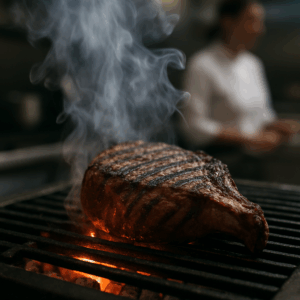
Burning wood releases flavorful particulates and gases. Lignin, cellulose, and hemicellulose interact with surface proteins, forming the dark smoky crust – or “bark” – that gives smoked meats their signature aroma and taste.
The flavors also infuse with the juices that penetrate the meat’s deeper layers, revealing both bold and subtle complexities, depending on your chosen wood. Each species offers a distinct baseline profile.
Hickory provides the classic savory depth associated with barbecue. Fruit tree woods, such as apple and cherry, give you lighter aldehydes, so expect a mild tang versus a heavier note. For a versatile balance, oak burns steadily and cleanly, useful for many applications.
Diners perceive this science through their taste buds. They experience the advantages of live fire cooking, where proteins taste richer and more fulfilling.
Pairing and Cooking Tips for Wood-Fired Restaurant Success
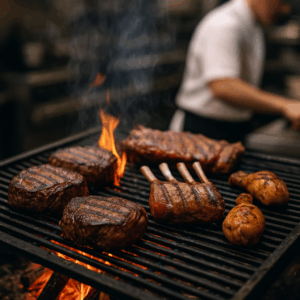
Cook dense beef cuts like ribeyes, short ribs, and briskets low and slow for optimal tenderness. 225-250℉ ensures the meat retains juiciness and the natural umami diners crave when it’s chilly outside. For delicious medium-rare steaks, use a temperature of 130–135°F.
Applewood amplifies the natural sweetness of pork without overpowering the inherent flavor of our premium product lines. Use an internal temperature of 145°F for chops & loins, and a range between 190°F and 205°F for Ribs.
While hickory is definitely useful for live-fire cooking poultry meat, consider also cherrywood for its distinct sweetness and rosy color. It emits lighter smoke to preserve natural zest and juiciness. For dark meat cuts, aim for 175–180°F. For chicken and turkey breasts, 165°F is a great baseline.
Use oakwood to cook meals with our Elysian Fields Purebred Lamb cuts. It burns steadily and cleanly, ideal for not only lamb but also our wholesale Game Meat lines.
Oak offers distinct notes that balance these more substantial cuts without overpowering the foundational flavors. Roast and rack of lamb perform wonderfully at 225–275°F, and for preferred doneness, finish at 130–135°F internal temperature.
Generally, use smoke applications during the early and middle stages of cooking. That’s when you achieve the deepest flavor penetration. Ensure you have consistent airflow to prevent flare-ups, and avoid overusing the technique, as it can introduce bitterness.
After cooking, you may rest the meat under foil covering until serving time, letting the lingering heat redistribute those valuable juices while locking in the smoky aroma.
Turn Wood Smoke Into Revenue
Restaurant success depends not only on offering exceptional wood-fired meals at a reasonable price, but also on managing your margins effectively. Use optimal portion sizes, combined with roasting & grilling skills, smoke/meat pairings, and market-based pricing to secure profitability.
Maximize your earnings potential by first reducing waste using the timing and temperature tips discussed earlier. They preserve natural textures and moisture while limiting overcooking mishaps.
Standardizing your portion sizes for specific cuts and using wood types appropriate for your intended meals creates repeatable formulas for the dishes your guests crave.
Promote these smoked menu categories as your signature lineups, raising the perceived value and creating a reliable profit engine. For higher margins, consider reserving them for reservation-only special occasions, such as weddings, graduation banquets, or big holiday feasts.
Locally, there are numerous examples where the science of pairing smoke with specific meats and ethnic-influenced cooking is in action.
West Town’s Brasero uses wood-grilling for Latin-inspired beef, pork, and seafood meals. Gourmet Baja Mexican-style food also reaches new heights when prepared over hardwood fire at Chef Rick Bayless’s Leña Brava.
Fire-Cooked Excellence Begins at Northwest Meat Company
Chicago restaurant success depends on passion, culinary proficiency, and humanely-raised premium meat. We offer the freshest cuts and unmatched customer service, allowing your kitchen staff to showcase their expertise in open flame cooking.
Mastering the art of smoke and utilizing the finest available wholesale meat in Chicago enables your venue to achieve profitability by creating an experience that resonates on multiple levels: visual, aromatic, and emotional. Stock up now to prepare for fall sports and social gathering events.
Visit our website to browse our products, order directly through our app, or get personalized assistance by calling our sales team.
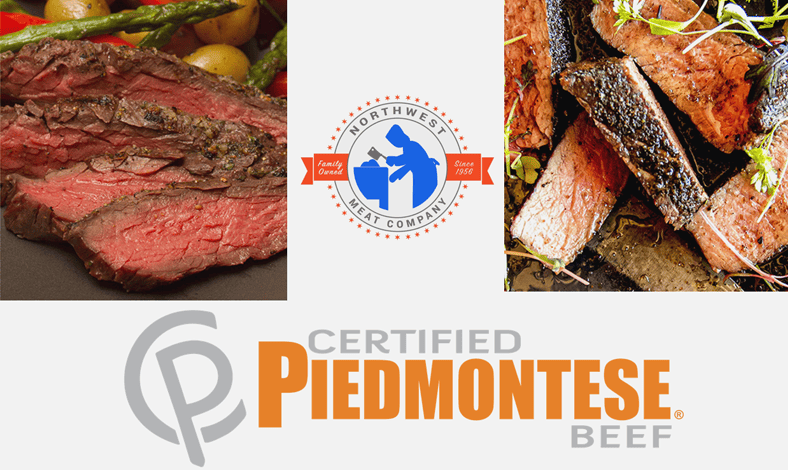
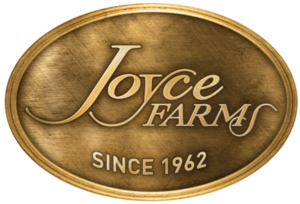


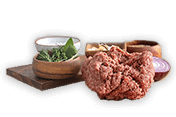
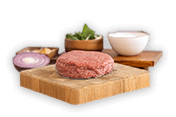
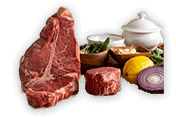
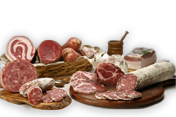
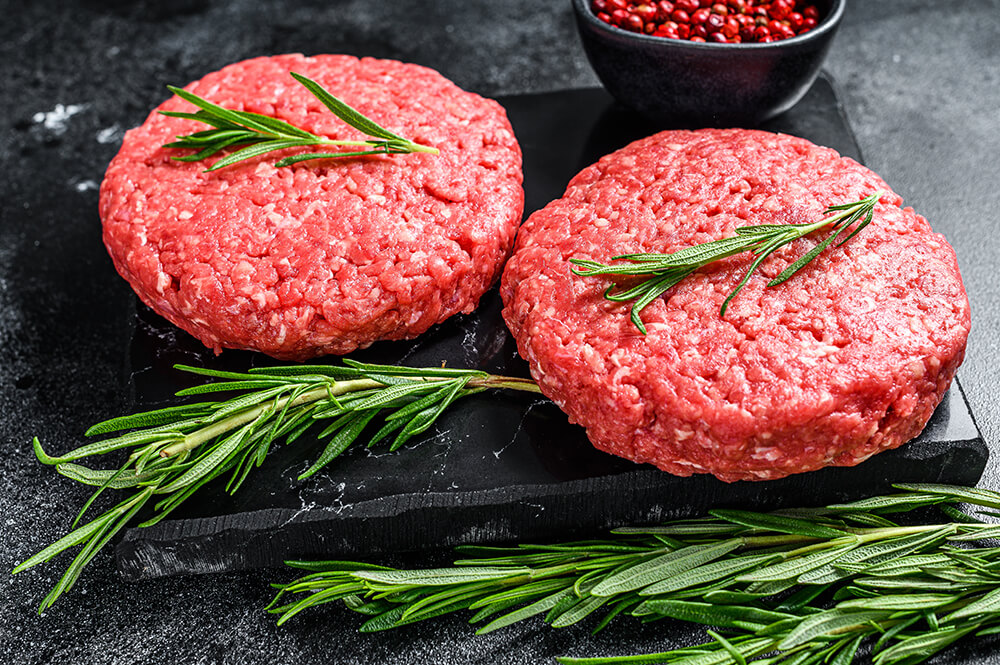
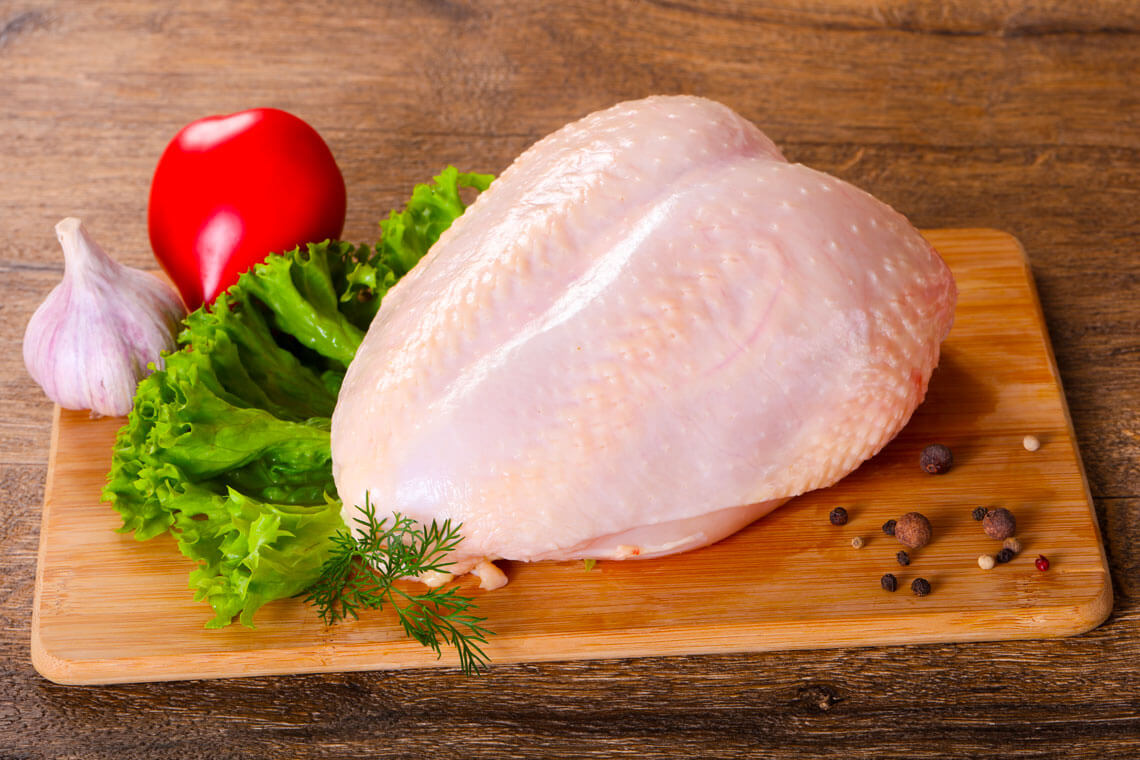
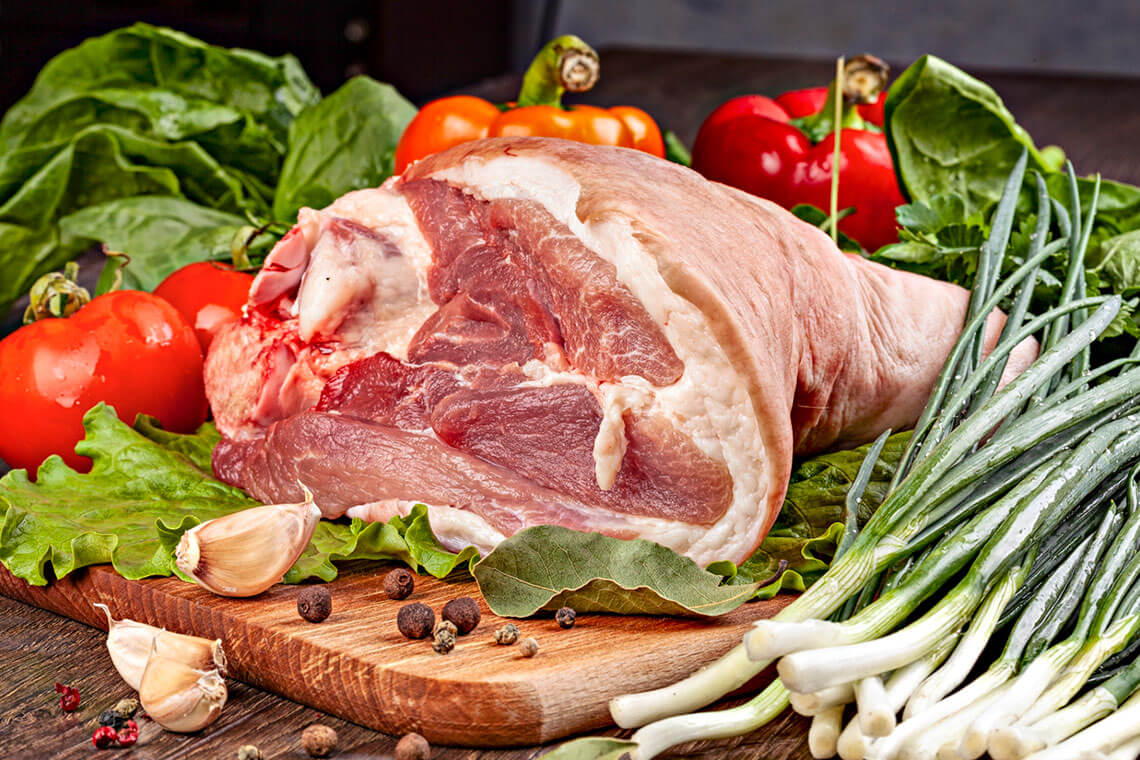
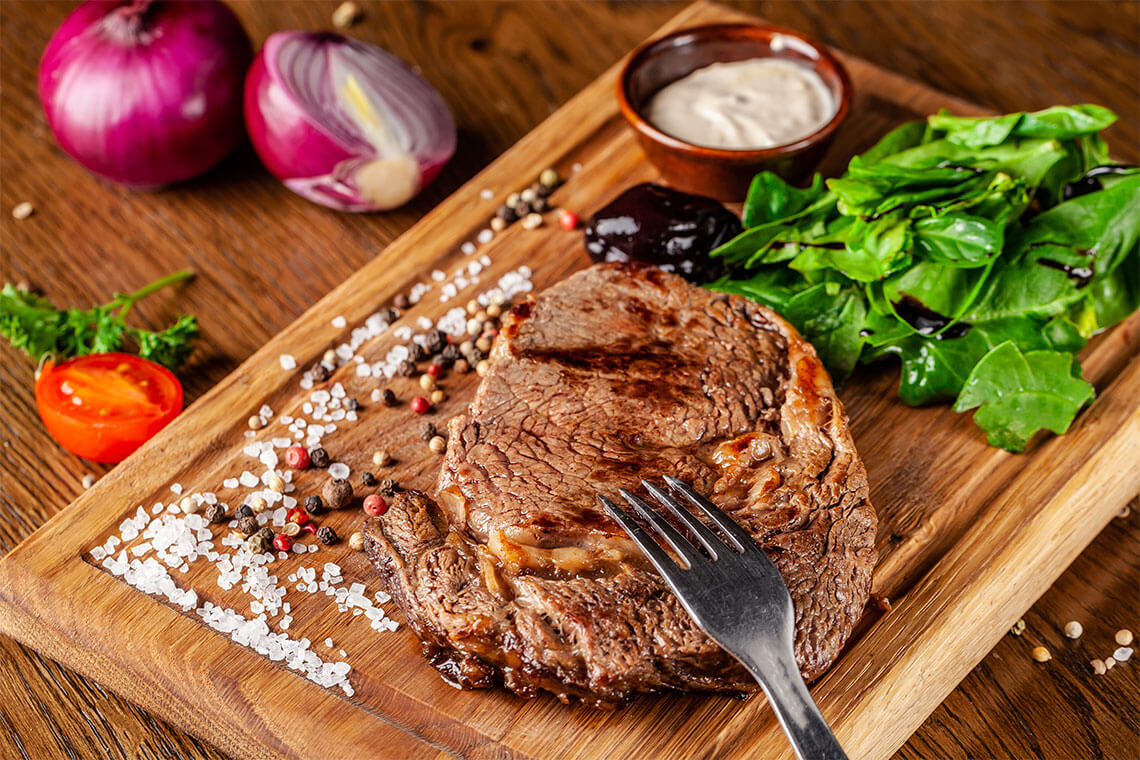
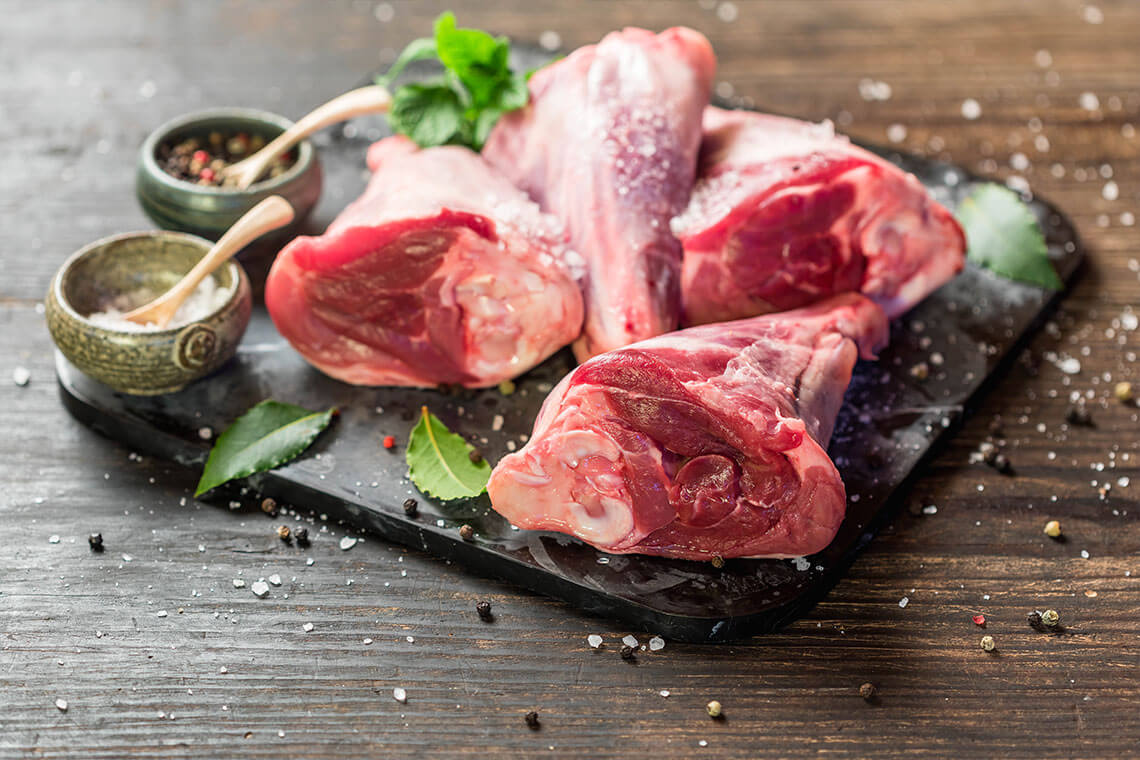
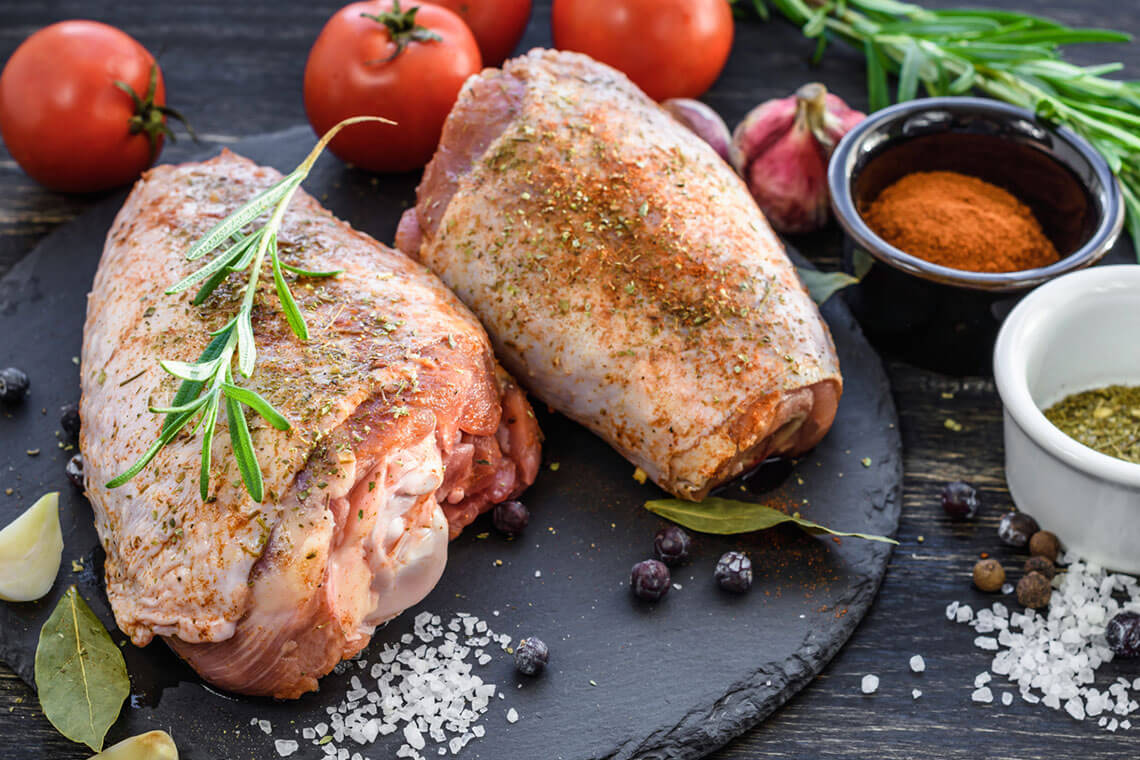
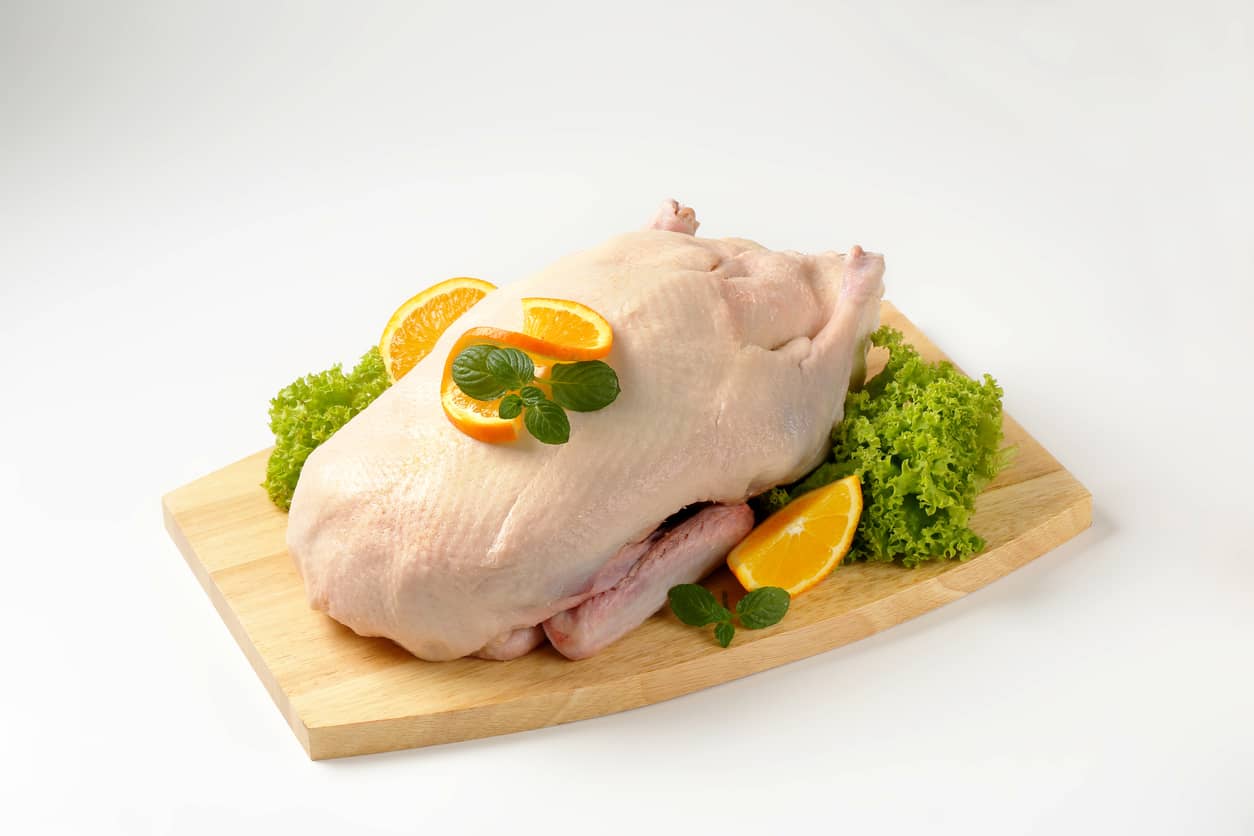
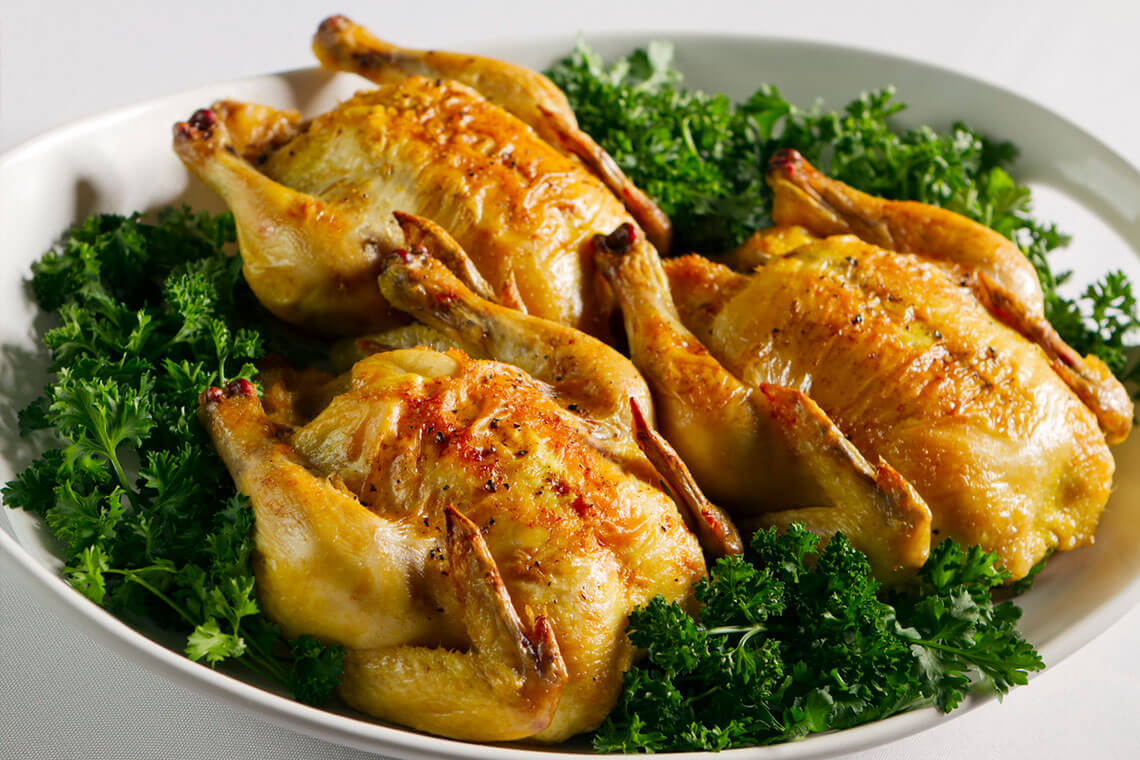
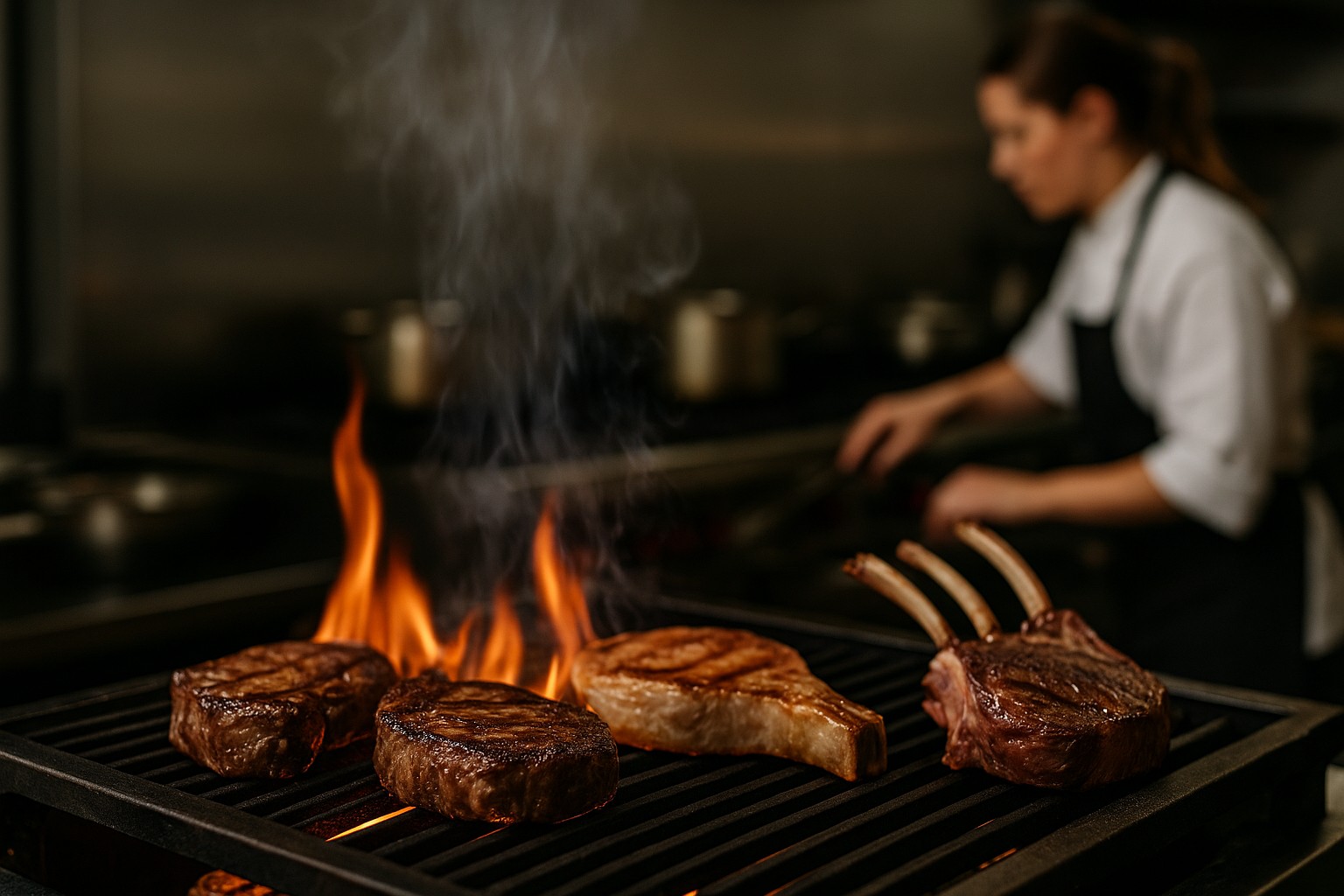
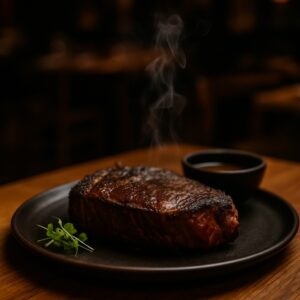

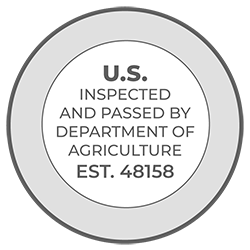

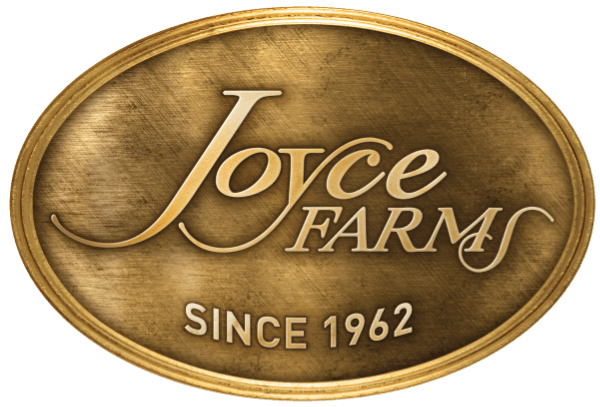
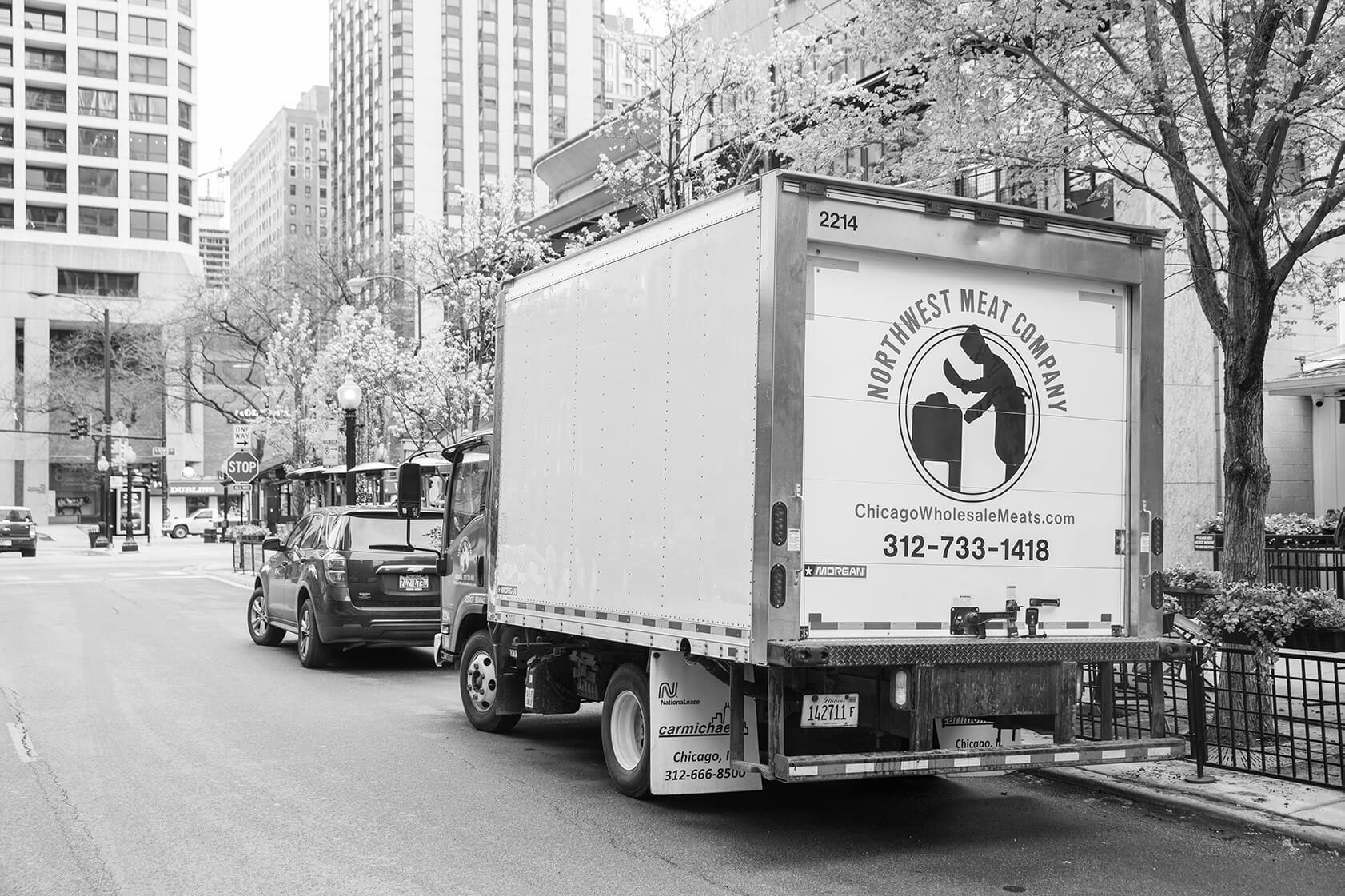
[…] THIS ARTICLE WAS PREVIOUSLY PUBLISHED AT: https://www.chicagowholesalemeats.com/blog/smoke-to-meat-pairing-chicago/ […]